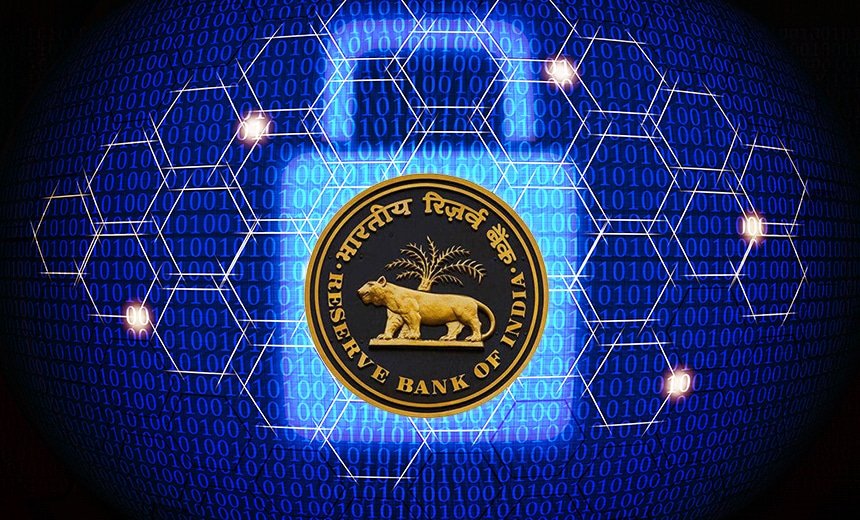The Reserve Bank of India is introducing a sophisticated AI-powered system, known as DPIP, marking a major technological shift from reactive policing to real-time, predictive intervention in the country’s booming digital economy.
The Rise of a Digital Watchdog
The Reserve Bank of India (RBI) is readying the launch of its Digital Payments Intelligence Platform (DPIP), a system built on artificial intelligence and machine learning. This initiative is a direct response to the escalating sophistication of digital scams and the exponential growth of payments platforms like UPI. While the volume of digital transactions in India continues to break global records, the associated fraud risk has grown large enough to demand a unified, national solution. DPIP is envisioned as a central, shared utility that moves fraud management beyond the isolated systems of individual banks. The project, developed by the Reserve Bank Innovation Hub (RBIH), aims to restore and deepen consumer trust in the digital ecosystem by making the process inherently safer.
Building a Negative Registry with Shared Data
The platform’s power lies in its ability to aggregate and analyze data from unconventional, but highly relevant, sources. In its first phase, the DPIP is creating a “negative registry”—a dynamic list of fraudulent or suspicious entities. This registry integrates crucial information that banks previously could not share effectively, including: data on “mule accounts” (bank accounts used by criminals to launder money), intelligence from the Indian Cyber Crime Coordination Centre (I4C), and fraud indicators from telecom operators. By combining these data streams, the AI model gains a comprehensive view of how, where, and by whom payment fraud is being executed, allowing it to identify complex patterns that traditional, rule-based systems often miss.
FCRF Launches CCLP Program to Train India’s Next Generation of Cyber Law Practitioners
Real-Time Intervention and Instant Risk Scoring
The true innovation of the DPIP will be realized in its next phase: real-time risk analysis. As a digital payment is initiated, the platform’s AI will instantly analyze the transaction against the vast registry and pattern data, assigning an immediate risk score. Should a transaction be flagged as high-risk, the system will generate a pre-transaction alert. This alert gives banks and, in some cases, the customer a window of opportunity to intervene. Banks can then automatically apply preventive actions such as initiating enhanced due diligence, requesting additional verification from the customer, or temporarily placing a debit freeze on the account before the funds are lost.
Forging a Collaborative Digital Public Infrastructure
The success of the DPIP depends entirely on cross-sector collaboration and mandatory data sharing. The RBI has prioritized getting all major public and private sector banks onboard to contribute their real-time fraud intelligence to the common platform. By mandating a unified approach, the central bank is treating fraud as a systemic problem that must be countered collectively, rather than a siloed issue for individual institutions. This effort is being framed as a crucial piece of India’s larger Digital Public Infrastructure (DPI), ensuring that as the digital economy expands, the security framework keeping it safe evolves at the same pace. The hope is that the DPIP will set a global benchmark for how national financial systems can use AI to proactively secure digital transactions.


